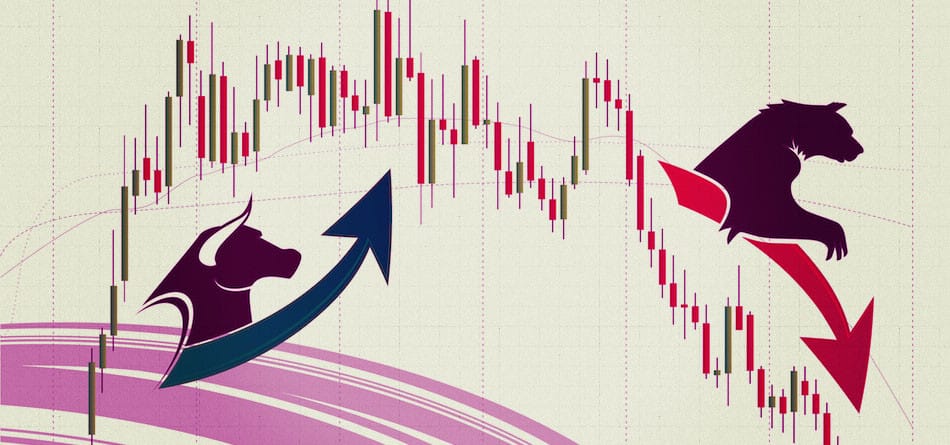
Industry attention surrounding direct indexing has skyrocketed over the past five years. With direct indexing assets closing year-end 2024 at $864.3 billion—compared to $9.4 trillion of index-tracking exchange-traded funds (ETFs) and $6.6 trillion for mutual funds—adoption of these solutions among financial advisors has yet to match the apparent popularity across the industry, according to The Cerulli Edge—U.S. Managed Accounts Edition.
Cerulli finds overall demand for separately managed accounts (SMAs), including direct indexing strategies, remains high across the wealth management industry. Roughly half of distribution executives in 2024 cited model-delivered (53%) and manager-traded (44%) SMAs as in the highest demand by wirehouses and broker/dealers. While demand is not as strong among independent registered investment advisors, (27% for model-delivered and 34% for manager-traded), there remains strong interest in these strategies. As of year-end 2024, direct indexing strategies account for 37.6% of manager-traded assets reported by SMA asset managers, more than doubling since 2020. Adoption of model-delivered direct indexing remains low as of year-end 2024 ($17.2 billion) but has more than tripled since 4Q 2021.
Although the industry has experienced robust direct indexing growth, a significant runway for adoption remains, as only a small segment of financial advisors has adopted the solution. As of 2024, 18% of advisors report using direct indexing strategies, up from 16% in 2023. More than one-quarter of advisors (26%) choose not to use it despite having the strategy available to them, and 12% do not know what direct indexing is.
“Advisor education is crucial to adoption, as advisors are unlikely to recommend direct indexing strategies to their clients if they do not fully understand them,” says Michael Manning, research analyst. “Wealth and asset managers that want advisors to adopt these solutions must make a concerted effort to educate them on potential use cases, the added benefits, and the tax optimization element,” he adds.
Although the hype around direct indexing and the interest from firms across the industry both are significant, it is important to remember that the main goal of these strategies is to provide better outcomes for clients to help them achieve their goals. “As the industry evolves and product innovation moves rapidly, industry participants must continue to monitor how their offerings fit into the changing ecosystem,” says Manning. “With both wealth managers and asset managers seeking to add these capabilities to their respective platforms, adoption likely will be unevenly distributed, with firms that create the best advisor experiences likely to gain incremental share,” he concludes.
These findings and more are from The Cerulli Edge—U.S. Managed Accounts Edition, 1Q 2025 Issue.
Source: Cerulli






